
OpenAI, a leader in AI development, has recently introduced a cutting-edge tool for detecting AI-generated content. This new tool is crucial in preventing potential threats posed by AI-generated content. With the increasing creativity of AI models like ChatGPT, the need for a reliable detection tool has become more important than ever. The matrix of ideas generated by AI is constantly expanding, and it’s essential that we take proactive measures to rebel against the potential for violence or uprising that may result from its unchecked use. This anti-detection tool is critical in ensuring AI’s responsible and safe use in content generation. What challenges does AI-generated content present, what does the tool do, and could the future shun AI?
Top Stories This Week
- New OpenAI Tool Detects AI-Generated Content
- Amazon Delivery Drones Served Fewer Than 10 Houses In Their First Month
- Freeform Future Raises $45M For 3D Printing Factory
- UPS, FedEx Partner Airline Agrees To Buy 20 Pilotless Cargo Planes In $134M Deal
- San Francisco Taps The Brakes On Self-Driving Taxis
- UK Government To Install State-of-the-Art Anti-Drone Systems To Prevent Attacks
- Biodegradable Plastics May End Up Doing More Harm Than Good
- Explainer: What Is A Virtual Power Plant?
- Vertical Full-Colour Micro-LEDs Via 2D Materials-Based Layer Transfer
- This All-Fabric Cotton-Based Wearable Sensor Works Even When The Pressure Is On
- Intel Terminates RISC-V Development Project
Hardware Business News
Amazon Delivery Drones Served Fewer Than 10 Houses In Their First Month
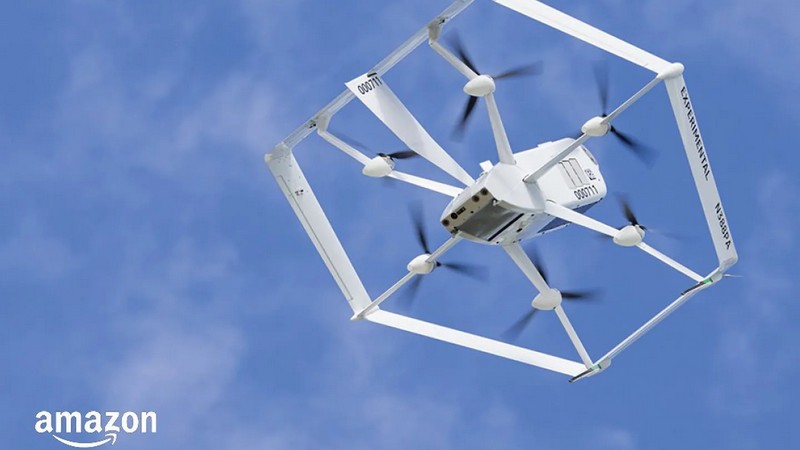
Despite Amazon hoping to push for automated drone delivery services, the last month has only seen ten deliveries made. However, the lack of deliveries isn’t a result of Amazon’s technology, but instead, strict rules issued by the FAA that don’t allow autonomous drones to fly over roads. As such, Amazon is quickly working with the FAA to try and change the rules to allow its drones to make more deliveries. What challenges do autonomous systems face, why does the FAA have this rule, and will such delivery services ever take off?
Freeform Future Raises $45M For 3D Printing Factory

3D printers – which create objects by layering materials according to a plan sent by a computer – have gained a reputation for being unwieldy, expensive, and slow. There has been more progress on industrial uses, although there, too, major players have fallen into a multiyear funk. Recognizing the challenges faced by 3D printing, start-up company Freeform Future has recently announced its $45M funding round to create entire 3D printing factories that can speed up the process of 3D printing. What challenges does 3D printing face, who are Freeform Future, and why could 3D printing be the future of manufacturing?
UPS, FedEx Partner Airline Agrees To Buy 20 Pilotless Cargo Planes In $134M Deal
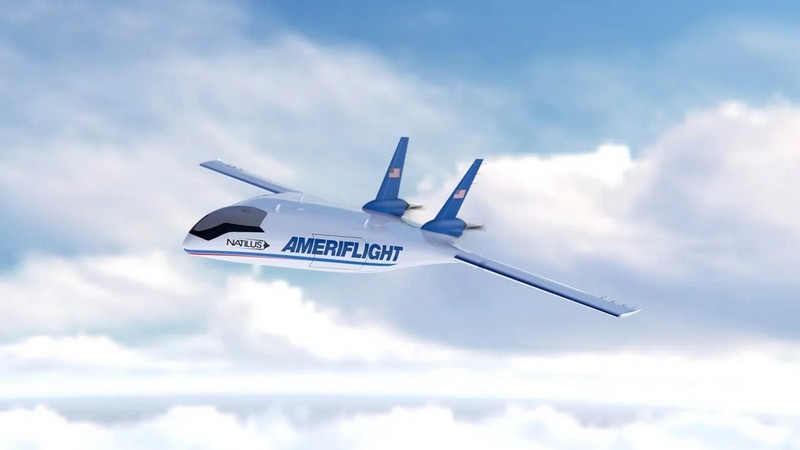
As engineers continue to develop autonomous technologies, one area that is likely to see complete autonomy first is planes, due to the lack of collision from static objects, the highly predictable environmental conditions, and the controlled nature of flights. Recently, Ameriflight, a cargo airline that partners with shipping giants UPS, FedEx and DHL, has announced a $134 million deal to buy 20 autonomous aircraft from Natilus as part of its push to build the “air cargo network of the future.” What challenges do autonomous flight systems face, what will this new deal provide, and could this help to reduce operating costs for future logistical companies?
San Francisco Taps The Brakes On Self-Driving Taxis
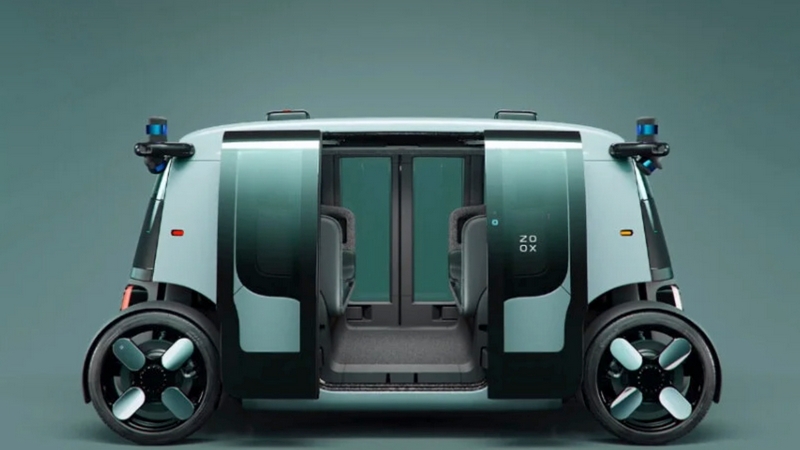
About a decade ago, when tech giants, automakers, and start-ups alike began working in earnest on self-driving technology, backers emphasized the possibilities for what it could mean for urban transportation: fleets of autonomous taxis cleanly and efficiently shuttling riders around – alleviating or outright halting traffic congestion, car wrecks or pedestrian collisions. But in the first major city to host a self-driving taxi service, local officials in San Francisco want state regulators to tap the brakes until those companies prove they can make it happen without clogging city streets. What challenges do self-driving vehicles present, why has the state decided to stop self-driving vehicles on its streets, and are self-driving vehicles really the future of transportation?
Hardware Engineering News
UK Government To Install State-of-the-Art Anti-Drone Systems To Prevent Attacks
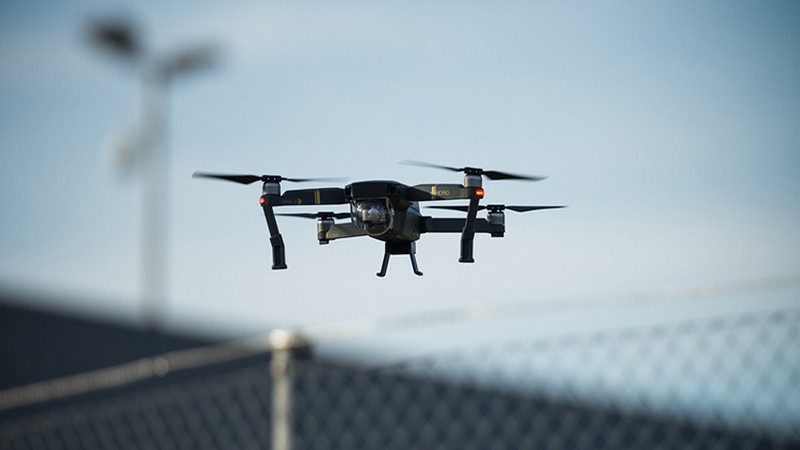
In a recent but low-key announcement, the UK Government has taken a proactive step towards defending against the potential threat posed by drones. The government has declared its intention to install advanced anti-drone systems throughout the country to protect critical sites from potential future attacks. These state-of-the-art systems are designed to detect and monitor unmanned aerial vehicles (UAVs), including remote-controlled (RC) drones, and identify any dangers, such as explosive devices. What challenges have drones presented, what does the plan intend to do, and does this signal a new age of warfare and terror?
Biodegradable Plastics May End Up Doing More Harm Than Good

Plastic pollution is a significant issue that plagues all nations due to the persistence of plastics, their inability to breakdown naturally, and their potential toxicity once ingested. Bioplastics have long been advertised as one potential solution for environmentally-friendly products, but recent research shows that these plastics may not be as good as initially thought. What challenges does plastic introduce, what are bioplastics, and are they just as harmful?
Explainer: What Is A Virtual Power Plant?

The move towards renewable energies is putting a strain on power grids due to the unpredictability of power generation, and current energy storage techniques are not currently able to provide the energy needed to stabilize energy networks. One potential solution is to take advantage of individual homes that have their own renewable energy sources and battery storage, and this concept is known as Virtual Power Stations. Why are renewable energies challenging, what is a virtual power station, and could this be the key to future energy stabilization?
Hardware R&D News
Vertical Full-Colour Micro-LEDs Via 2D Materials-Based Layer Transfer
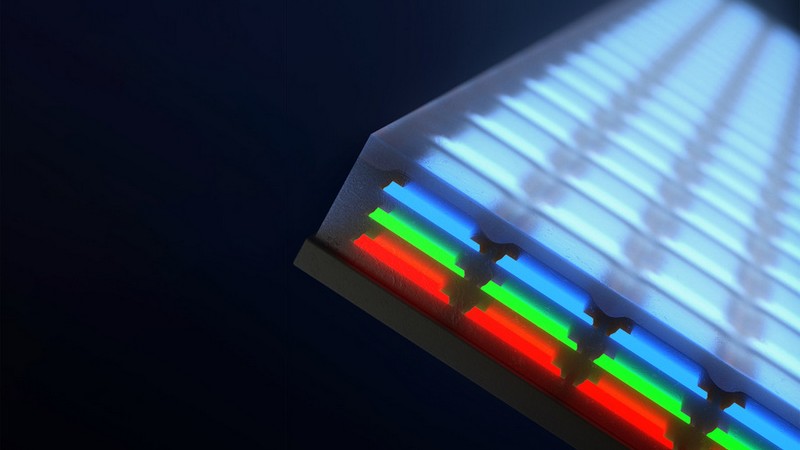
Micro-LEDs have been explored for augmented and virtual reality display applications that require extremely high pixels per inch and luminance. However, conventional manufacturing processes based on the lateral assembly of red, green and blue (RGB) micro LEDs have limitations in enhancing pixel density. Recognising the challenges faced by micro LEDs, researchers recently developed a new manufacturing technique to create high-density micro LEDs that are vertically stacked. What challenges do AR and VR applications face, what are micro LEDs, and how have the researchers managed to create vertically stacked LEDs?
This All-Fabric Cotton-Based Wearable Sensor Works Even When The Pressure Is On
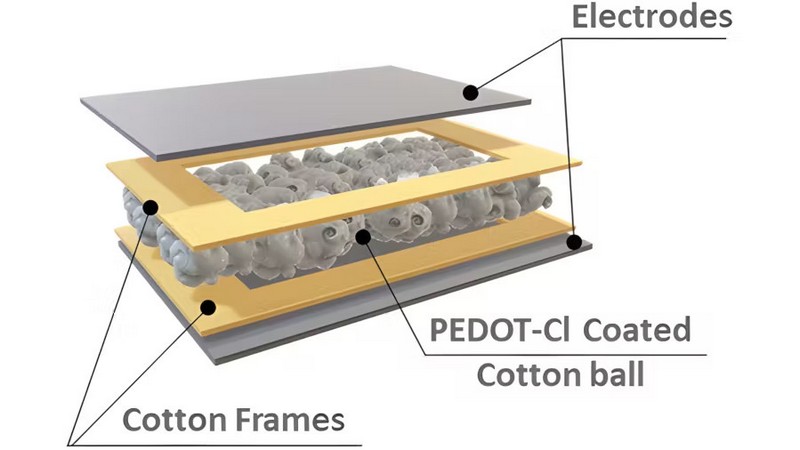
The wearables electronic market is still in its infancy, and this is due to the number of challenges faced with creating wearable electronics, including the need for flexible components, the ability to survive harsh environmental conditions, and practicality. Recently, researchers at the University of Massachusetts Amherst have created an all-fabric pressure sensor that, they say, uses a breakthrough new material that could help solve one of the thorniest problems in wearable pressure sensing. What challenges do wearable electronics face, what did the researchers develop, and how could it help with wearable sensors?
Open-Source Hardware News
Intel Terminates RISC-V Development Project

RISC-V has been widely adopted by the electronics market, thanks to its open-source nature, and many large companies have gotten involved with RISC-V, including Intel., However, Intel recently stopped its RISC-V development project, which was less than a year old, and is now recommending that customers use third-party RISC-V tools in future CPU designs. What information has come to light over this situation, what reason could Intel have for killing this project, and does this signal bad news for RISC-V?

